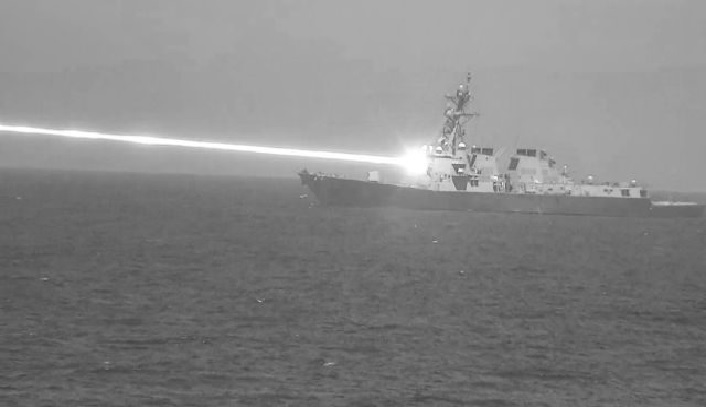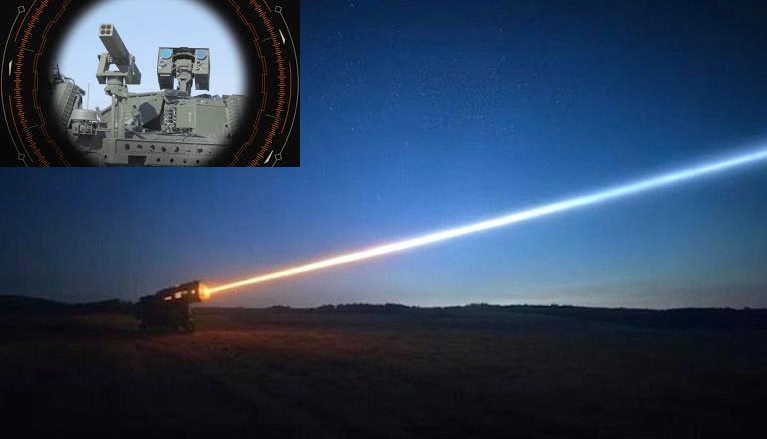Russia Unveils Upgraded BTR-80 Combat Vehicle on Ukrainian Frontlines

In a fresh display of military adaptation, Russian forces have deployed an upgraded version of the BTR-80 armored personnel carrier (APC) equipped with a remote-controlled combat module, the 32G01 "Boomerang-Burevestnik." This development has been observed on the frontlines of eastern Ukraine, signaling Moscow's ongoing efforts to enhance its battlefield capabilities amidst mounting challenges.
A Closer Look at the Upgraded BTR-80
The upgraded BTR-80 integrates the 32G01 "Boomerang-Burevestnik" module, originally developed by the Burevestnik Central Research Institute for the advanced BTR K-16 vehicle built on the Boomerang chassis. While the module was initially intended for cutting-edge platforms, its adaptability has allowed its use on legacy vehicles, including the BTR-80 and even the T-16 armored recovery vehicle on the Armata platform.
Key Specifications of the 32G01 Module:
- Primary Weapon: 12.7mm "Utes" heavy machine gun
- Fire Control System: Remote-controlled, providing enhanced precision and safety for operators
- Operational Benefits: Improved efficiency in urban and open combat scenarios, as well as increased lethality compared to traditional BTR-80 configurations
This enhanced firepower and remote operation capability represent a significant upgrade over the standard BTR-80, which traditionally relied on manually operated weapon systems.
The Context of Deployment
The upgraded BTR-80 has surfaced amid a broader trend of Russia repurposing Soviet-era equipment, such as T-62 tanks and older APCs, to offset losses in Ukraine. While advanced platforms like the Armata tank and Boomerang APC were intended to spearhead Russia's modernization efforts, production delays and logistical hurdles have stalled their large-scale deployment.
Instead, Moscow has turned to upgrading existing systems to meet operational demands. The deployment of these modified BTR-80s reflects this strategy, where cost-effective enhancements are used to fill capability gaps.
Challenges for Russia's Modernization Goals
Despite efforts to modernize, Russia faces significant obstacles in scaling up its next-generation platforms. Programs such as the Armata, Kurganets-25, and Boomerang have encountered production bottlenecks due to:
- Supply Chain Disruptions: International sanctions and shortages of critical components
- Financial Strain: Economic pressures limiting defense budgets
- Operational Priorities: The urgent need to field equipment amidst a high-intensity conflict
These constraints have necessitated a reliance on modified Soviet-era systems, such as the updated BTR-80, to sustain combat operations.
Strategic Implications
The sighting of the upgraded BTR-80 on Ukrainian frontlines underscores several key points about Russia's current military posture:
- Adaptation and Innovation: While struggling with supply chain issues, Russia continues to find ways to extend the operational life of aging equipment.
- Resourceful Deployment: The integration of the 32G01 module into older platforms highlights the flexibility of Russia’s military-industrial complex.
- Signaling Capability: Deploying upgraded vehicles serves as a message to adversaries that Moscow remains capable of fielding enhanced combat solutions despite setbacks.
Conclusion
The upgraded BTR-80 with the 32G01 "Boomerang-Burevestnik" combat module represents a pragmatic approach to addressing battlefield requirements while navigating the challenges of a constrained defense industry. While not a revolutionary leap, this development demonstrates Russia's ability to adapt and innovate under pressure, keeping its forces operationally relevant on the frontlines of Ukraine.
This deployment sheds light on the evolving dynamics of the conflict and highlights how both sides continue to adapt their strategies and technologies to the realities of a prolonged and intense war.



